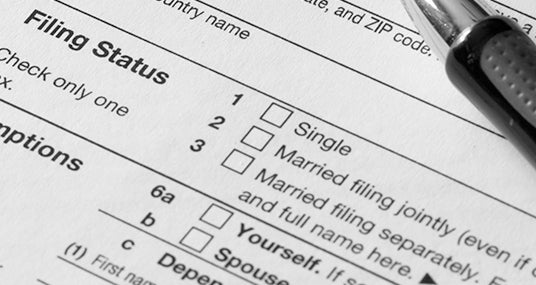What is the kiddie tax and how does it work?



If a child collects a sizable amount of money from investments or other sources of unearned income in a given year, their parent or guardian will likely need to pay taxes on it. While a portion of the child’s income isn’t taxed, after reaching a certain level of income, a specific tax rule — nicknamed the kiddie tax — applies.
Here’s what you need to know about the kiddie tax, how it works and who pays it.
What is the kiddie tax?
The kiddie tax is a tax established almost 40 years ago to prevent parents from avoiding taxes by transferring large gifts of investment assets to their children.
If a child under the age of 18 or a full-time dependent college student under the age of 24 holds income-generating assets that earn more than $2,500 in tax year 2023 (or $2,600 in tax year 2024), that income is taxed at their parent or guardian’s marginal income tax rate.
“The easiest way to understand the kiddie tax is to think about the loophole it closes,” says Robert Persichitte, a CPA and certified financial planner at Delagify Financial in Arvada, Colorado.
“Without the kiddie tax, you could shift your investments to your child, and they would pay their lower tax rate. The kiddie tax closes that loophole by making sure the kid pays whatever tax rate is higher — theirs or their parents,” Persichitte added.
Unless your child has a trust, lots of capital gains or significant passive income, you probably don’t need to worry about the kiddie tax.
How does the kiddie tax work?
Children and dependent full-time students who received unearned income in 2023 are taxed in the following way when filing taxes in 2024:
- The first $1,250 of unearned income isn’t taxed.
- The next $1,250 of unearned income is taxed at a the child’s tax rate
- Any unearned income above $2,500 will be taxed at the parent’s marginal rate.
The figures increase for the 2024 tax year. When filing for that tax year, the first $1,300 of a child’s unearned income is tax-free, the next $1,300 is taxed at the child’s tax rate and anything over $2,600 is taxed at the parent’s tax rate.
If your child’s only income comes from unearned income, you can report their interest, ordinary dividends and capital gains distributions on your own tax return.
But if your child’s gross income — the combination of their unearned income plus wages earned from work — exceeds $12,500 for the 2023 tax year (or $13,000 for the 2024 tax year), both you and your child will need to file separate income tax returns, and you’ll both need to report any unearned income.
“But you get to choose who pays taxes on passive income,” Persichitte says. “The amount doesn’t change.”
From a practical standpoint, it’s easiest to pay it on the parent’s return, but it’s allowed on either the parent’s or the child’s return, Persichitte says.
“Just remember, the tax only gets paid once,” Persichitte added.
You’ll use IRS Form 8615 to report the income on a child’s tax return and Form 8814 to report it on the parent’s tax return.
Who and what the kiddie tax applies to
Children under the age of 18 at the end of the tax year or full-time dependent college students under the age of 24 may be subject to the kiddie tax.
The tax applies only to unearned income, which is typically generated through investments, and can include interest, dividends, capital gains, rent and royalties.
That income might be distributed from investments in a custodial account, custodial Roth IRA, an ABLE account or a pass-through trust if the child is under 18. If they’re in college and you still claim them as a dependent on your tax return, then the distributions might come from their own brokerage account.
The kiddie tax doesn’t mean that if your child’s assets are valued at more than $2,500, you’ll need to pay taxes. Instead, it applies if the dividends, interest and capital gains exceed $2,500 in 2023. The child would need substantial assets to generate that much passive income.
Another scenario is if a child begins actively trading in college. If they’re a dependent student who’s realizing a lot of capital gains by selling assets that have appreciated in value, they might cross the $2,500 threshold.
“Unless you are very wealthy or had a very lucky year with investments, this tax is very avoidable,” Persichitte says.




